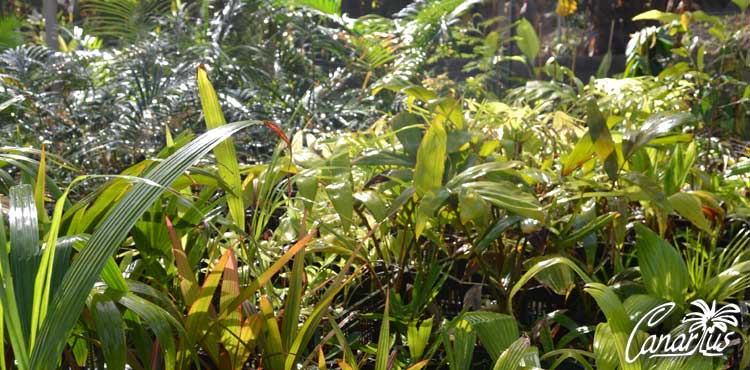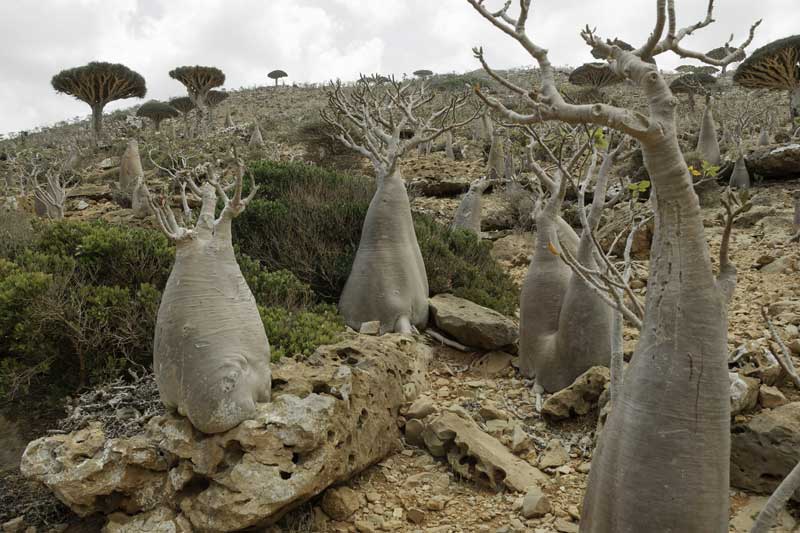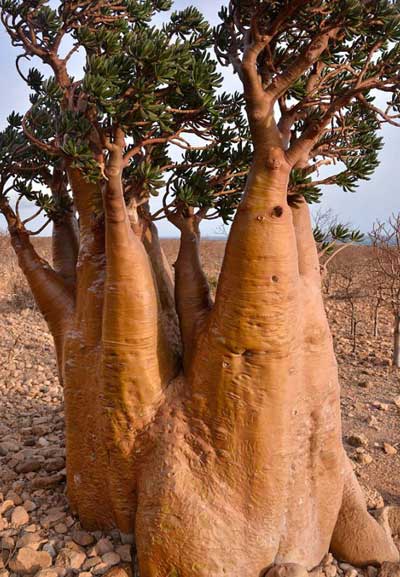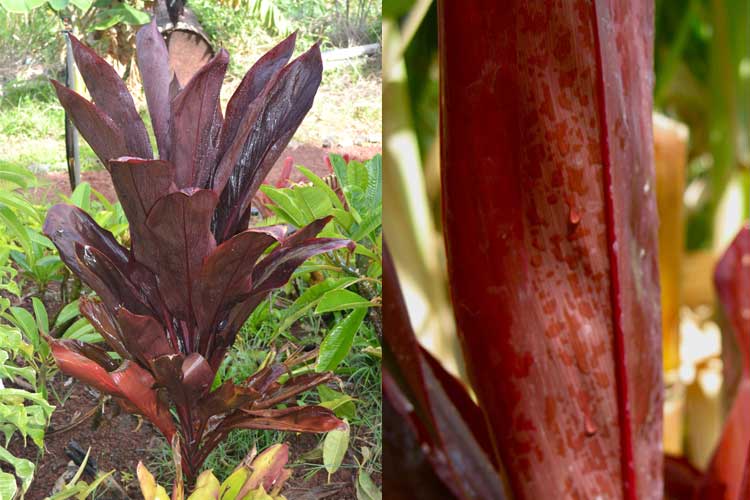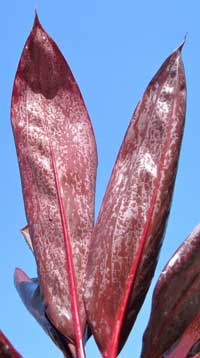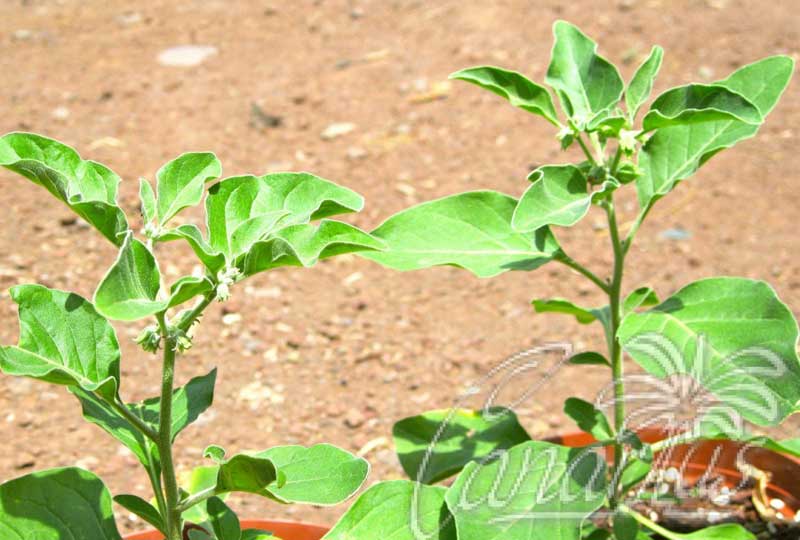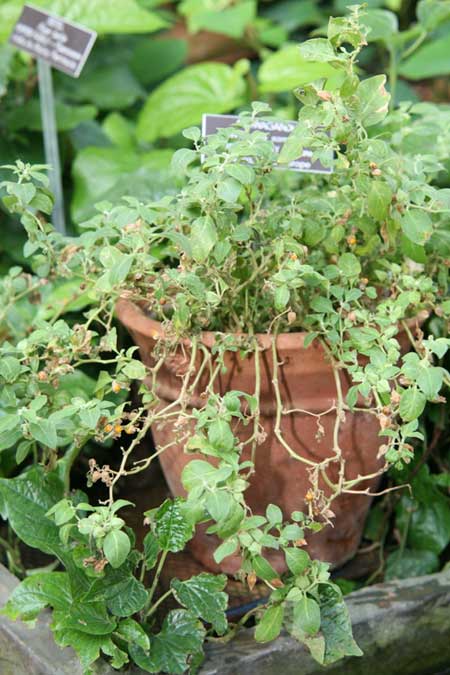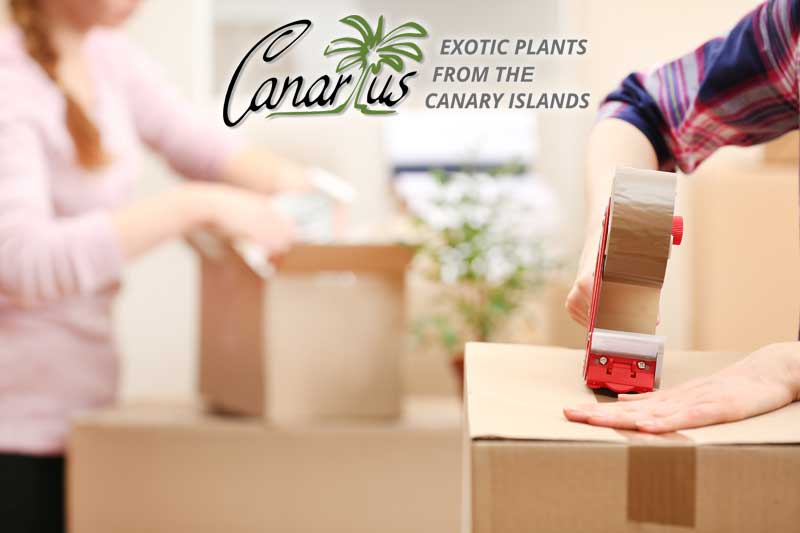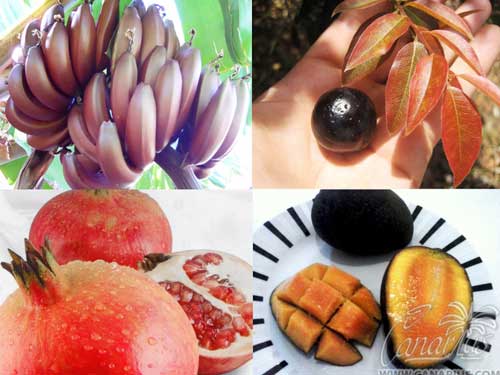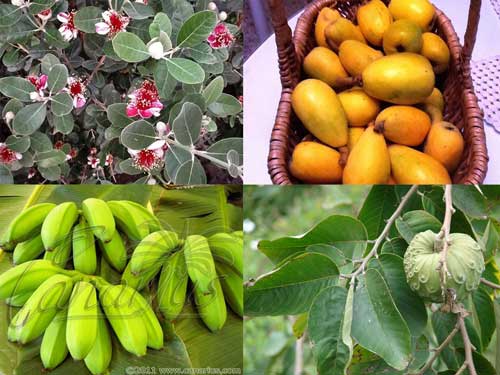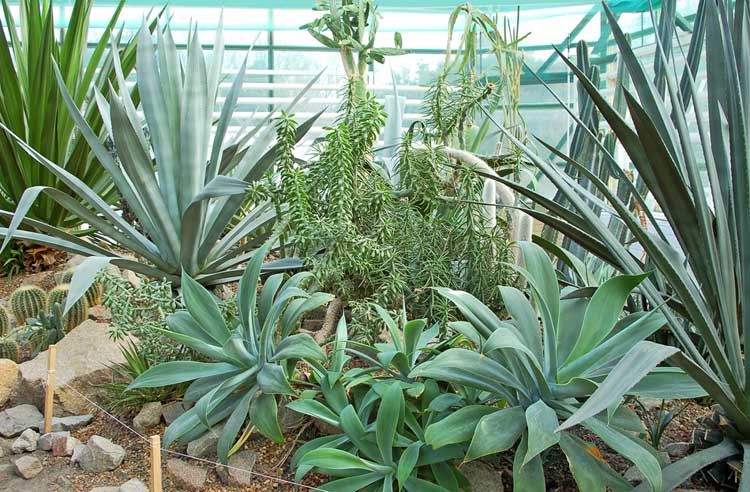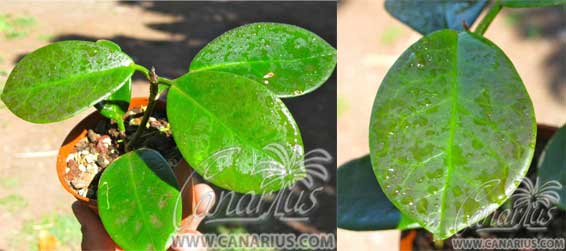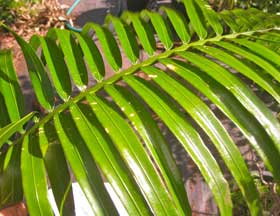 Cycads (division Cycadophyta) are unique plants from remote and primitive ages. They’re a species with similar forms to palms and ferns, despite not being related to each other. They’re also gymnosperms, in the Cycadales order, so do not produce flowers but do produce cones, such as pines and other conifers.
Cycads (division Cycadophyta) are unique plants from remote and primitive ages. They’re a species with similar forms to palms and ferns, despite not being related to each other. They’re also gymnosperms, in the Cycadales order, so do not produce flowers but do produce cones, such as pines and other conifers.
Cycads live in tropical and subtropical environments: humid rainforests, dry rainforests, cloud forests, pine-oak forests and shrubland. They’re often in danger and restricted to innaccessible or hard to reach areas. However, others grow in mountainous areas with cold temperatures, even tolerating frost and snow.
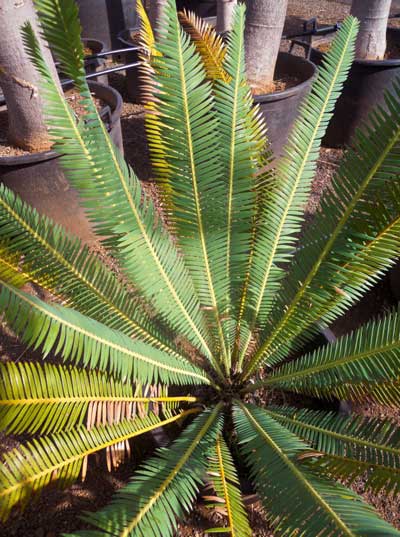 Most Cycad species grow well in the garden and they’re excellent potted plants. Some have become popular decorative plants, while others are very rare and are protected by law, such as CITES species (an international treaty against over-exploitation due to international trade).
Most Cycad species grow well in the garden and they’re excellent potted plants. Some have become popular decorative plants, while others are very rare and are protected by law, such as CITES species (an international treaty against over-exploitation due to international trade).
Cycads are easy to grow because they do not require particular treatment. Watering frequency depends on the temperature and exposure of the plant: the soil of a plant that’s exposed to the sun will dry very quickly, so it should be watered more often. Although we must also be careful with waterlogging plantpots as it’s not a species that’s very tolerant of this.
Of course. Farmers should be very patient, since they’re slow-growing plants. As a revealing fact, we can highlight that Cycads can live for more than 2,000 years.
Maurice Levin, Cycad Expert
Below, we share a video in which planter and preservationist, Maurice Levin (founder of Jurassic Garden — A&A Cycads, a family-owned rare plant nursery in California), explains what Cycads are and their most optimum growing methods:
At Canarius our Cycads are plants grown from seeds, two or more years old, and grown in tall planters. All plants are grown legally.
We offer the largest selection of Cycads genus in Europe, with many new Chinese species resistant to cold. Visit the Cycad section on our blog and find out why our plants are of excellent quality.
















